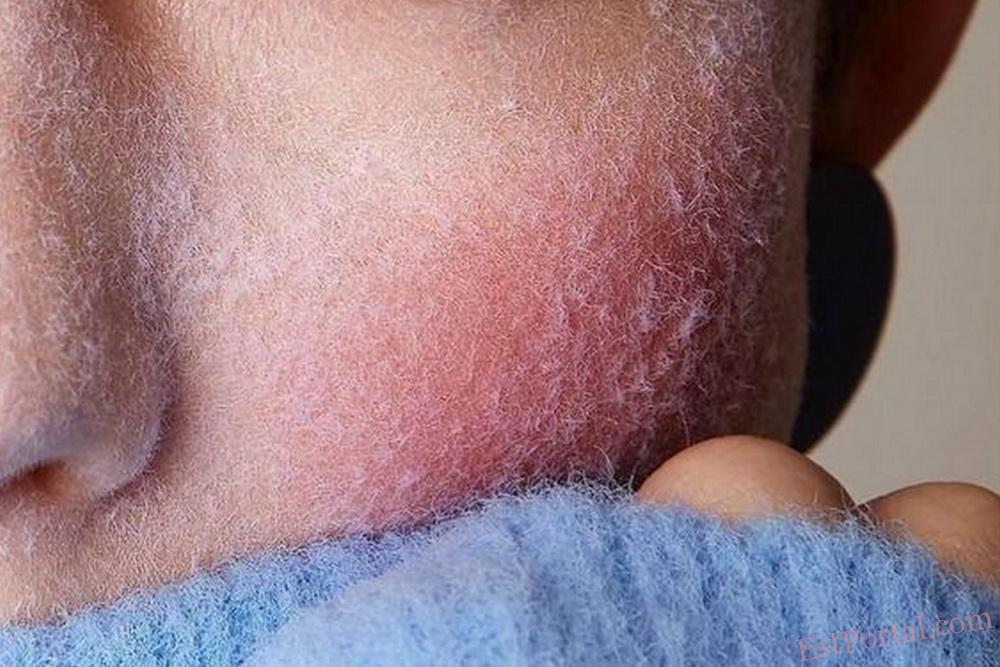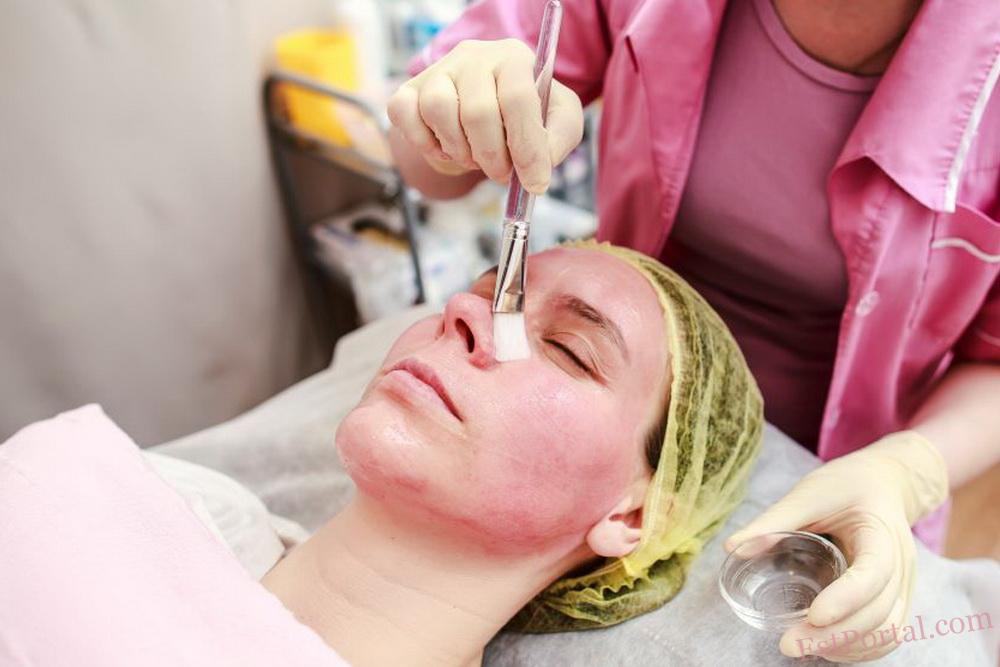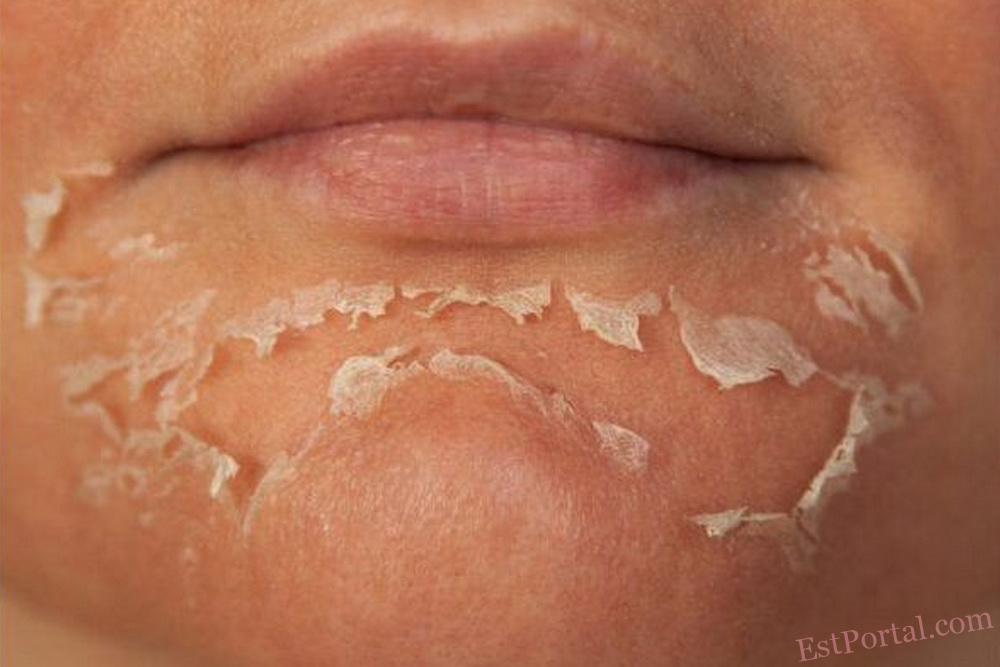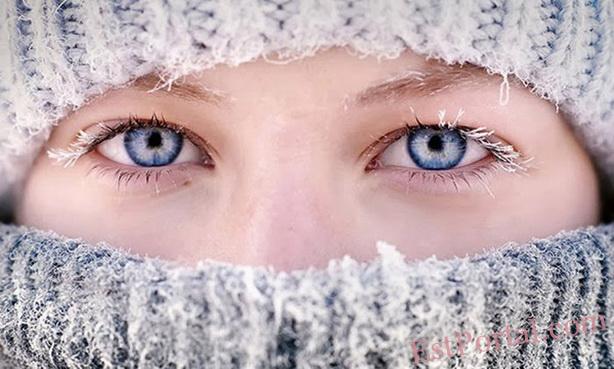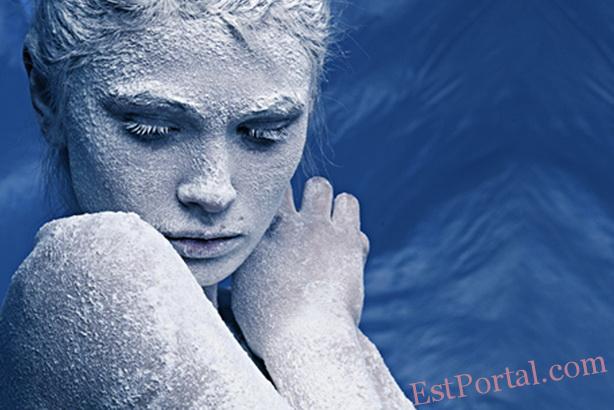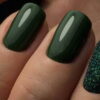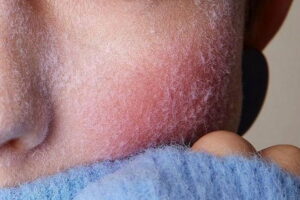
Химические пилинги и мороз: где грань между красотой и риском
Зимний сезон ставит перед косметологами вопрос: можно ли проводить пилинги при низких температурах?
Большинство пациентов ассоциируют зимний период с безопасным временем для эксфолиации, так как уровень ультрафиолетового излучения ниже, а значит, риск гиперпигментации уменьшается. Однако низкие температуры, ветер, сухой воздух в помещениях и нарушения гидролипидного барьера могут значительно усложнить процесс восстановления кожи.
В этой статье рассмотрим физиологию кожи зимой, потенциальные риски проведения пилингов в холодное время года и оптимальные методики, которые можно безопасно использовать при низких температурах.
Как холод влияет на кожу?
Зимой кожа подвергается повышенному стрессу из-за резких перепадов температур, сухости воздуха и усиленного испарения влаги.
Холодный воздух вызывает сужение сосудов, что уменьшает поступление кислорода и питательных веществ в клетки. Это замедляет регенерацию кожи, что является критическим фактором при проведении пилинговых процедур. При этом в условиях сниженного кровообращения восстановление кожи после процедуры может занять больше времени, чем в тёплое время года.
Еще один важный аспект — нарушение гидролипидного барьера. Потеря влаги через трансэпидермальное испарение (TEWL) значительно возрастает. Это может привести к сухости, шелушению и повышенной чувствительности. Особенно уязвимыми становятся пациенты с тонкой, сухой или реактивной кожей.
Согласно данным International Journal of Dermatology, длительное воздействие низких температур повышает уровень трансэпидермальной потери воды, что может привести к снижению защитных функций кожи и повышению чувствительности к раздражителям.
Выбор пилинга в зависимости от температуры воздуха
При планировании химических пилингов в зимний период важно учитывать температуру окружающей среды и выбирать соответствующие процедуры:
- Температура до -5°C. Разрешены мягкие пилинги, такие как энзимные и молочные. Они обеспечивают деликатное отшелушивание без значительного нарушения барьерной функции кожи.
- Температура от -5°C до -10°C. Рекомендуется ограничить использование пилингов с низкими концентрациями гликолевой кислоты (5-10%) и миндальной кислоты. Необходимо обеспечить дополнительную защиту и увлажнение кожи после процедуры.
- Температура ниже -10°C. Проведение химических пилингов не рекомендуется из-за высокого риска повреждения кожи и замедления процессов её восстановления.
Какие пилинги безопасны в холодное время года?
Чтобы минимизировать риски, косметологи должны выбирать мягкие пилинги, которые не нарушают природный барьер кожи.
Энзимные пилинги
Энзимные пилинги содержат ферменты (папаин, бромелайн), которые мягко разрушают связи между ороговевшими клетками, не вызывая глубокого повреждения кожи. Они не провоцируют раздражения, а также способствуют удержанию влаги.
- Подходят для чувствительной кожи и могут применяться при температурах до -5°C.
Молочные пилинги
Молочная кислота — одна из самых безопасных AHA-кислот для зимнего периода. Она отшелушивает ороговевший слой и одновременно увлажняет кожу, так как стимулирует выработку церамидов, необходимых для удержания влаги.
Согласно данным Journal of Clinical and Aesthetic Dermatology, молочная кислота снижает трансэпидермальную потерю воды (TEWL) и помогает поддерживать увлажнённость кожи.
- Рекомендуются для сухой и чувствительной кожи, особенно при температурах до -5°C.
Миндальный пилинг
Миндальная кислота имеет большую молекулярную массу, что позволяет ей действовать поверхностно, без глубокого проникновения. Это делает её идеальной для чувствительной кожи, склонной к раздражениям. Помимо отшелушивания, она обладает антибактериальными свойствами, что полезно для жирной или проблемной кожи.
- Может использоваться при температурах от -5°C до -10°C при условии должного ухода.
Каких пилингов следует избегать зимой?
Некоторые виды пилингов могут нанести коже больше вреда, чем пользы, особенно при низких температурах.
Гликолевый пилинг (высокие концентрации)
Гликолевая кислота — наименьшая по размеру молекула среди AHA-кислот, поэтому она глубоко проникает в кожу. В зимний период это может привести к чрезмерной потере влаги, раздражению и покраснению.
- Низкие концентрации (5-10%) могут применяться при температурах от -5°C до -10°C с обязательным последующим увлажнением и защитой.
Ретиноевый пилинг
Ретиноевая кислота активно стимулирует обновление клеток, что делает кожу очень чувствительной. В условиях холода это может вызвать выраженное раздражение, шелушение и даже обострение купероза.
- Из-за повышенной чувствительности кожи после процедуры не рекомендуется зимой, особенно при температурах ниже -5°C.
TCA-пилинг (трихлоруксусная кислота)
Срединные пилинги, такие как TCA, разрушают значительную часть эпидермиса, оставляя кожу абсолютно незащищённой. На морозе это может привести к поствоспалительной гиперпигментации и длительному восстановлению.
- Не рекомендуется при температурах ниже -5°C из-за длительного восстановительного периода и повышенного риска осложнений.
Уход за кожей после пилинга зимой
Чтобы минимизировать негативные последствия пилингов в холодный сезон, следует соблюдать несколько основных принципов ухода.
- Увлажнение. После пилинга важно восстановить водный баланс. Для этого следует использовать кремы с гиалуроновой кислотой, пантенолом, церамидами и жирными кислотами.
- Защита от холода. Наносите защитные кремы перед выходом на улицу, желательно за 30 минут до выхода.
- Солнцезащита. Несмотря на зимний период, используйте кремы с SPF 30 или выше для защиты от ультрафиолетового излучения.
- Ограничение пребывания на морозе. Избегайте длительного пребывания на холоде в течение первых 48 часов после процедуры.
Соблюдение этих рекомендаций поможет обеспечить безопасное и эффективное проведение химических пилингов в зимний период, минимизируя риски и улучшая результаты процедур.
Вывод
Зимний период не является противопоказанием для проведения пилингов, но требует тщательного выбора методики.
- Энзимные, молочные и миндальные пилинги безопасны даже при низких температурах.
- Гликолевые, ретиноевые и TCA-пилинги могут вызвать осложнения и замедленное восстановление кожи.
Главный принцип зимних процедур — бережный уход за кожей и правильный подбор активных компонентов.
Источники
- 2016 Feb;30(2):223-49.
- Mode of action of glycolic acid on human stratum corneum: ultrastructural and functional evaluation of the epidermal barrier. 1997 Jun;289(7):404-9.
- Tanja Fischer. Chemical peels in aesthetic dermatology. March 2010. Journal of the European Academy of Dermatology and Venereology 24(3):281 — 292.
Наталья ЧАЙКА — редактор ESTportal, косметолог


